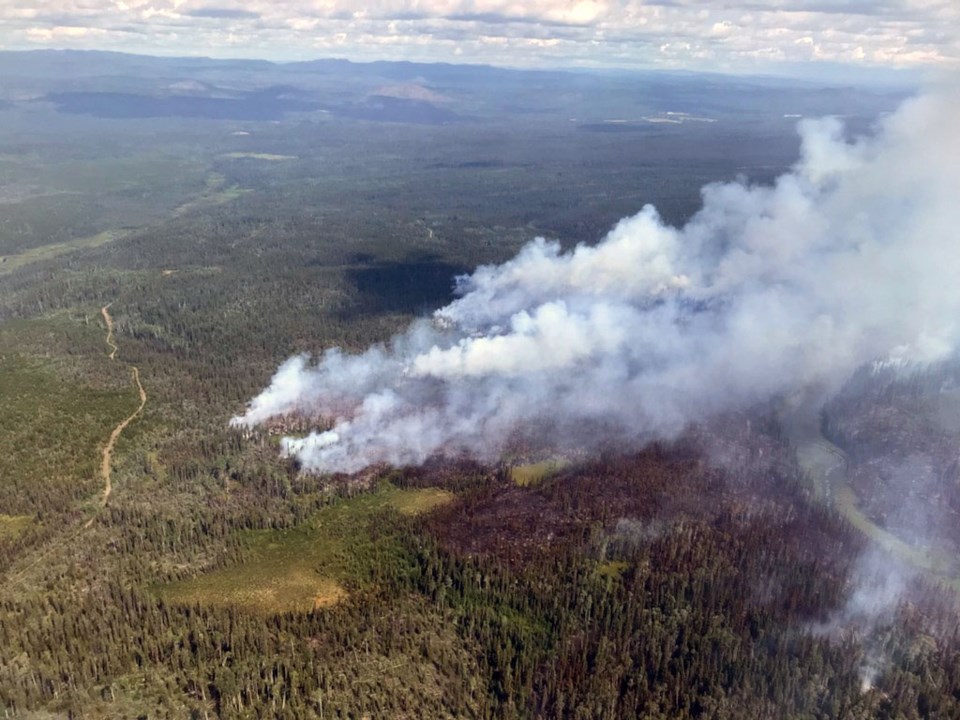One of the topics I talk about in my class is tobacco. Despite years of negative advertising, people still smoke.
Combustion of any plant-based material results in a wide variety of chemical compounds being generated, ranging from simple molecules such as carbon monoxide to complex polyaromatic hydrocarbons. Many of these are outright toxic, such as formaldehyde, hydrogen cyanide, and ammonia. Others are carcinogenic compounds, such as dimethylnitrosoamine and ortho-cresol.
Understanding the chemistry of cigarette smoke, though, will not induce someone to quit. A nicotine addiction is a hard habit to break.
Since 2018, the purchase and consumption of marijuana has been legalized in Canada. And the question I often get asked when talking about tobacco is whether marijuana smoke is equally harmful. The simple answer is “yes.”
The smoke generated by the combustion of marijuana leaves has the same outright toxic compounds – formaldehyde, hydrogen cyanide, and ammonia – and the same carcinogenic compounds (nitrosoamines, cresols) as tobacco smoke. Indeed, the combustion of pretty much any dried plant leaves will result in the same sort of mix of chemical species. Literally thousands of compounds.
And as marijuana joints are not generally rolled with a filter, the amount of tar and oils which get into the lungs is significant. Further, the typical method of smoking marijuana results in holding the smoke in the lungs for a longer period, allowing for deeper penetration of particulate matter and a higher exposure. All of this increases the damage marijuana smoke can do.
But health effects resulting from the combustion of plant matter aren’t restricted to tobacco and marijuana. A recent report in The Lancet – Planetary Health by Gongbo Chen et al highlights the mortality risk associated with the production of PM 2.5 during wildfires.
While wildfires tend to burn hotter than a cigarette, the smoke they generate contains a similar wide assortment of chemical compounds. Indeed, the distinctive odor we perceive from wildfires arise from the chemical constituents generated by the flames.
Chen’s analysis utilized the mortality data from 65 million deaths in 43 countries to calculate the impact of particulates. At 60 micrograms per cubic metre, mortality increases by about 13 per cent, predominantly because of cardiovascular disease.
Inhaling smoke – whether tobacco or marijuana or from wildfires – is bad for our health.
Todd Whitcombe is a chemistry professor at UNBC.


